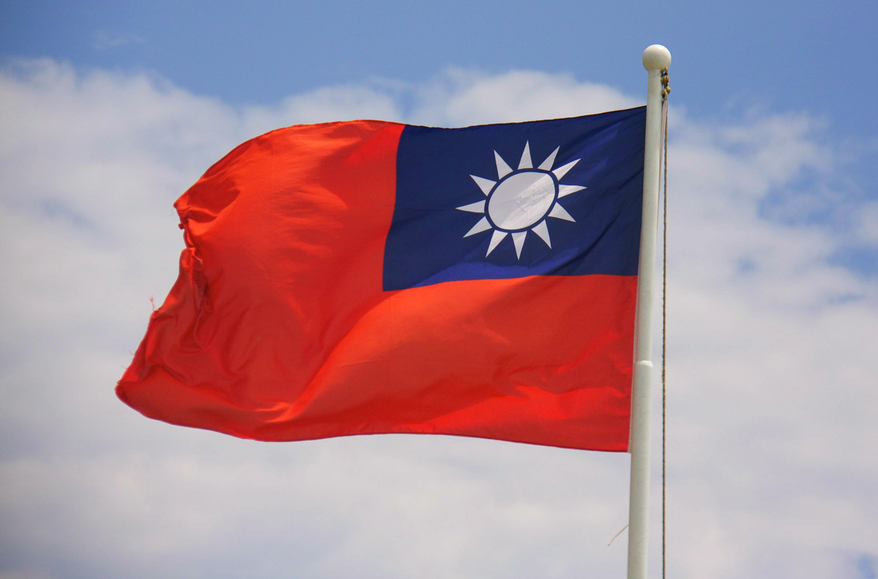A Bold Maritime Strategy for Taiwan

Taiwan’s future security hinges on developing a new maritime strategy of active diplomacy and asymmetric defense. Although President Ma Ying-jeou has initiated creative peace proposals amid rising maritime tensions in Asia, Taiwan’s voice has largely been ignored. Meanwhile, China’s increasing military modernization and assertiveness in the East and South China Seas is widening an already unfavorable military balance of power across the Taiwan Strait.
President Ma deserves greater recognition for easing cross-Strait tensions. The normalization of ties with the Mainland has been pursued through more than a score of agreements as well as implementation of the so-called “three links” of direct air, sea and postal services. But normalization has produced unintended effects for the region. In particular, the relatively low profile of the cross-Strait issue in recent years has enabled China to focus on consolidating power in its near seas.
Common sense calls for effective confidence-building measures to dampen nationalist zeal and reduce the escalatory potential of incidents at sea. Unfortunately, China has been singularly reluctant to adopt mutually agreeable and enforceable rules for good order at sea. Instead, it has deployed risky tactics to incrementally enhance its influence over its near seas.
In the East China Sea, Beijing has shelved a crisis prevention mechanism with Japan while persistently pursuing provocative maritime and air patrols. In the South China Sea, the Mainland has studiously avoided enacting a binding Code of Conduct even while it has, among other things, effectively dislodged the Philippine Coast Guard from Scarborough Reef and, until last month, had unilaterally deployed and aggressively defended an oil rig in disputed waters with Vietnam.
If China truly wanted to win the hearts and minds of its maritime neighbors, it would pursue a rules-based approach to finding a peaceful resolution of disputes. It could take East China Sea claims to the International Court of Justice. It could join the Philippines in its arbitration case before the International Tribunal on the Law of the Sea. And it could set up real hotlines and accede to a binding Code of Conduct.
Because China is not likely to alter its opposition to binding rules or its penchant for maritime coercion, there is a need and an opportunity to elevate Taiwan’s voice and ideas for preventing conflict in the East and South China Seas.
As regional foreign ministers descend on the capital of Myanmar on August 10th for the Association of Southeast Asian Nations (ASEAN) Regional Forum, President Ma should unilaterally announce a bold new maritime strategy.
On the diplomatic side, President Ma should redefine Taiwan’s maritime claims, not on the basis of historical rights but on the basis of contemporary international law. He should clarify that the vague nine-dashed line should be defined around land features consistent with the United Nations Convention on the Law of the Sea. Under this proposal President Ma would not concede or alter Taiwan’s claim to sovereignty, but simply recognize that any claim will have to be consistent with modern international law.
Likewise, President Ma should also courageously announce a moratorium on infrastructure development of Itu Aba in the Spratly Islands. This would align Taiwan behind the recent U.S. call for a freeze on new infrastructure, which could catalyze ASEAN support for trying to preserve regional order. After all, there is no military threat to Itu Aba, and there are many other higher defense priorities facing Taiwan.
Through these diplomatic moves, Taiwan’s voice can be lifted to reverse the deteriorating maritime security environment. President Ma would also be able to build on Taiwan’s goodwill with both the Mainland and Japan. Further, a constructive role could enlarge Taiwan’s political space.
If the recent Sunflower movement can be reduced to a single common goal, surely it is that the people of Taiwan want to be able to look forward to the future with confidence. This requires adequate defense and an abiding commitment to a rules-based system.
This is why Taiwan must continue to demonstrate a strong commitment to its own defense. As China’s PLA modernizes and its budget grows, Taiwan must adopt a new asymmetric defense strategy that exploits the Mainland’s vulnerabilities. Those weaknesses would be exposed should it try to invade Taiwan. Stealthy, mobile, survivable systems, and not the big-ticket defense items that have marked past defense policy, can help make Taiwan un-invadable.
Yet as PLA defense spending has more than tripled over the past decade, Taiwan’s has remained stagnant. Taiwan will need to spend more on defense. This is especially true of an all-volunteer force, even one reduced in size, because of dramatic increases in personnel costs. This is yet another reason to reprogram the $100 million set aside for infrastructure on Itu Aba.
As a trading nation like the United States, Taiwan’s best long-term safeguard for its security will be to help support a regional and international system based on the rule of law. America will remain closely aligned with this Taiwan. Thus, bold diplomatic moves coupled with strategic defense spending can best ensure Taiwan’s long-term security.
Dr. Patrick M. Cronin is Senior Director of the Asia-Pacific Security Program at the Center for a New American Security in Washington, D.C.
Photo credit: Jennifer

